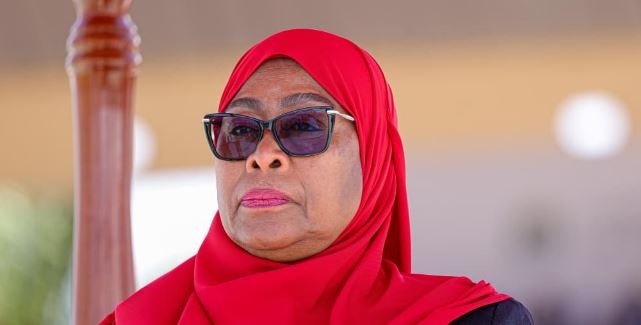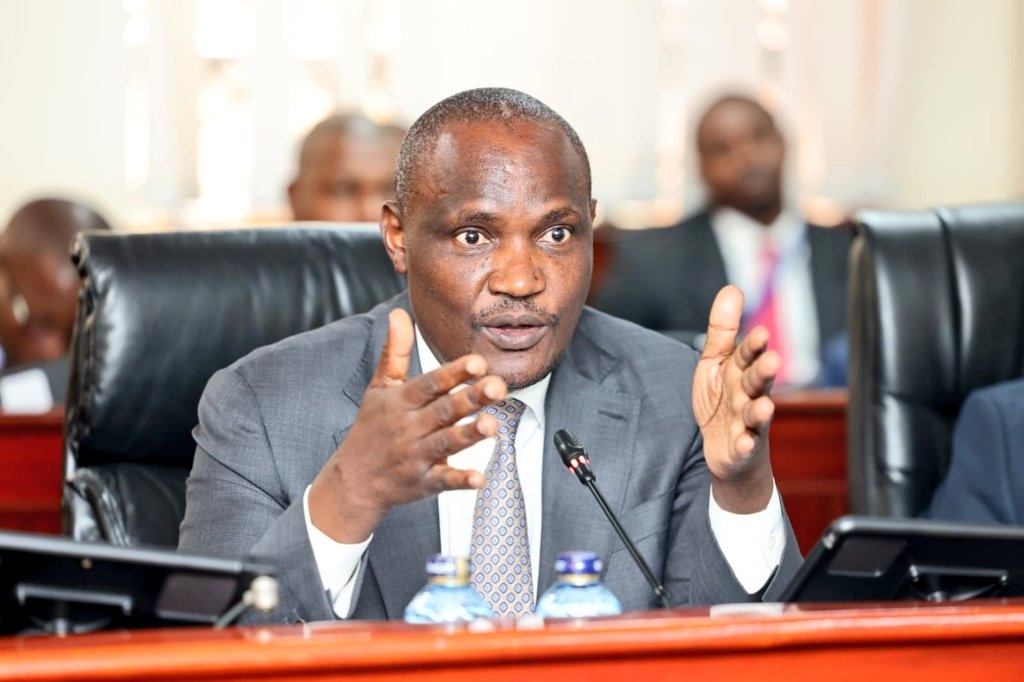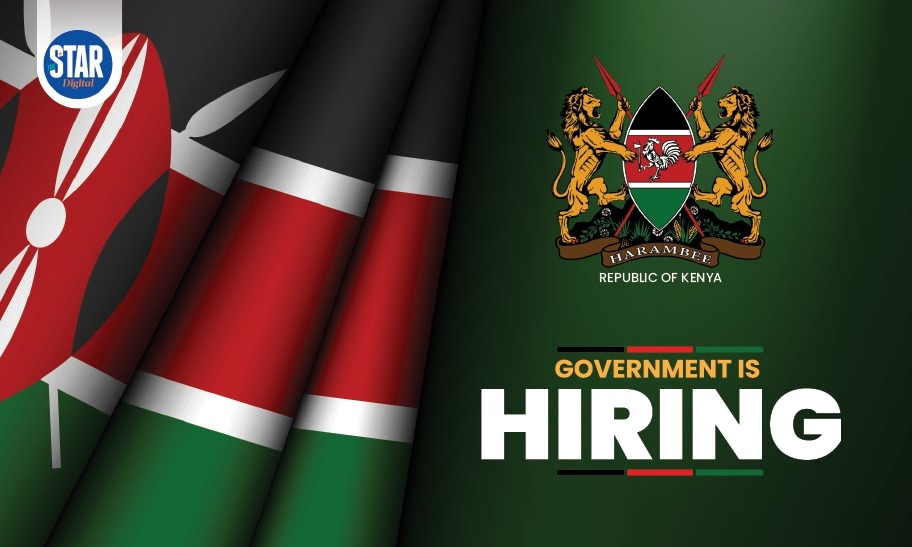The mid-term review of the 5th administration is ongoing at the KCB Centre in Karen. Its aim is to look at the performance of the Cabinet and the government as a whole.
The meetings are being chaired by President William Ruto, who is assisted by the Deputy President Kithure Kindiki and the Prime Cabinet Secretary Musalia Mudavadi.
The members are drawn from the senior ranks of the Executive. It is important to state very clearly that a lot has happened in the past two and a half years.
Ruto has outlined seven key agendas that have informed his administration so far, indeed, it is incredible that this government has been able to achieve this much against all odds, within a very short period of time.
The seven issues include; the economy, education, health, agriculture, digital transformation, jobs and MSMEs.
Fixing the economy
In 2022, the economy was in dire straits, due to skyrocketing cost of living, so much that a packet of unga cost Sh250.
Inflation had gone very high to 9.6 per cent. The shilling also went as high as 162 against the dollar. But within these two years, the currency has come down to 128-129 against the dollar.
Secondly, inflation has gone as low as 2.7 per cent and currently it’s at 3.7 per cent.
Thirdly, the dollar reserves for import cover were at $6.6 a billion, now it $10.8 billion covering more six months.
There is now no dollar rationing. Fourthly, we don’t have shortage of fuel, as it has now stabilised through the G2G programme.
Fifth, debts payment is on course. We have been able to pay off the Eurobond without defaulting, something which would have devalued our shilling to 200 against the dollar.
Sixth, the CBK lending rate has come down to a single digit of 9.75, helping more Kenyans to afford credit.
Agriculture
The cost of living has gone down due to reforms in agriculture. The change in policy from subsidising consumption to production was a game changer.
There was no data for farmers, but now, we have now a 6.6 million database of farmers, with details of acreage and the crops are they planting. In addition, digitising the whole agricultural value chain to eliminate brokers has paid off.
This includes reforms in the coffee sector to remove cartels and monopoly. In the sugar sector, we have been importing this commodity for more than 30 years, spending more than Sh20 billion annually.
Currently, productivity has gone up. A tonne of sugarcane has gone up to Sh5,500. Maize production has also gone up from 44 million bags in 2022, 65 million bags last year and is projected to go up to 75 million bags this year.
Coffee reforms have also yielded results, with farmer earnings rising from Sh65 to Sh148 in 35 years.
Coming back to sugar reforms, we have 20 sugar companies 12, private, four public but leased out and four newly licensed. We have been a net importer, but by 2027, we shall actually be net exporters.
The same case applies to milk earnings which have increased from Sh35 to Sh59 billion, with a litre moving from Sh35 to Sh49. All these have put more money n the pockets of farmers.
Education
When it comes to education, there was a shortage of teachers, challenges in the implementation of the Competency Based Curriculum and crippling debt in public universities.
The government promised to employ 116,000 teachers. So far, 76,000 teachers have been employed and by January 2026 will employ another 24,000.
The remaining 16,000 will be employed by 2027. There are about 9,300 high schools in Kenya, yet about 4,000 of them do not take any child to the university.
The CBC has been reformed to Competency Based Education & Training. The government has also been able to construct 23,800 classrooms and distributed 9.9 million textbooks.
It has also established a new funding model for university and tertiary students, which is based on income inequalities and consequential affirmative action.
Through KEMIS, we can trace a child to the individual. Due to NFM, teachers are now being paid on time and in full, taxes are remitted and suppliers are able to get their money.
The Means Testing Instrument has been improved to help deal with the wrong banding of students. Inadequate laboratories are a challenge and the government is going to build 1,600 new labs, especially in rural schools, starting July.
Health
When it comes to health, the goernment has been able to make serious reforms and SHA is now working. What was the situation before? The National Health Insurance Fund had a debt of Sh32 billion, accumulating at a rate of Sh1 billion every year. It was just a matter of time before it collapsed.
The government did away with NHIF, while four new pieces of legislation were assented to on 19th October 2023 namely; Primary Healthcare Fund, Social Health Insurance Fund, the Emergency and Critical Cake Insurance Fund and the Digital Health Authority Acts.
These reforms have seen democratisation of the health sector, through equity and transparency, guaranteeing prompt payments.
The poor people were paying 10 per cent of their income to the insurance fund while the salaried were paying a paltry 0.4 per cent. Now, everyone is paying 2.75 per cent thus creating fairness and equity.
The digital health platform has been put in place to remove human agency elements of fraud and corruption.
Between 728 hospitals, to 1,029 were closed down because they were found to be unworthy based on the social health regulations.
It is very important that every Kenyan registers for SHA today. An average of 50,000 people register daily, with the highest being 93,000, the lowest over the weekends at 30,000 and on Wednesday, 59,000 people registered using *147#.
The Primary Healthcare Fund takes care of level 1, 2, 3 and at times 4. SHIF deals with levels 4 to 6, its very encouraging to note that the informal sector is paying Sh30 million daily, this is being done by people who don’t have a regular source of income.
It’s absolutely amazing! So far, more than 5.7 million Kenyans were treated under TaifaCare, with1.5 million through SHIF, and 3.2 million under the PHCF.
So far, TaifaCare has paid Sh49 billion in the last eight months and Sh6.2 billion was paid last week. By first of October, which is the first anniversary of TaifaCare, we will be able to have paid three times more than what the defunct NHIF was able to pay in a whole year.
Going forward, there is need for everyone to be registered so that it becomes possible to plan for our health. The second strategy is prioritising the acquisition of equipment through three pathways; the first being fee-for-service arrangement, whereby you get to use the machine/ equipment upon service rendered.
The second path is through one-off payment while the third is the longterm payment for more expensive installations.
The national and county governments are working together to ensure these reforms including ensuring that Kemsa delivers drugs to the hospitals instead of the county headquarters, and that SHA pays to Kemsa for the drugs as it pays the hospital for medical services.


















